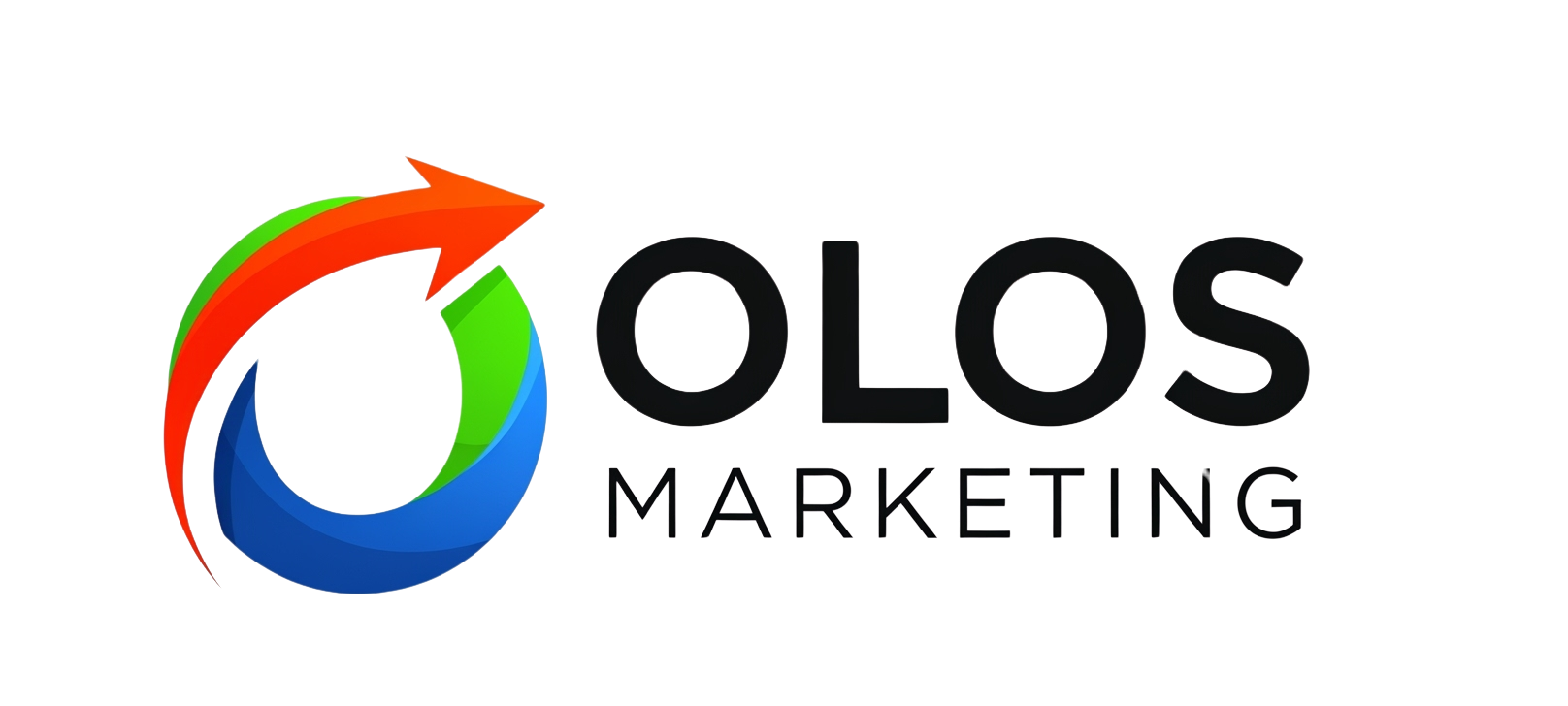Think Custom Web Design Is Too Expensive? Think Again.
Let’s be real in today’s digital-first world, not having a website is like not having a business card 20 years ago. For small businesses, especially, your website is often the first impression a potential customer gets. It tells your story, showcases your products or services, and convinces people to take action. And while every business owner knows they need a site, many hesitate because of one big concern: cost.
There’s a common misconception that affordable web design means cheap, and cheap means bad. That’s not always the case. With today’s tools and talent, small businesses can get high-quality, custom websites that don’t break the bank. The key is knowing what to look for, what features matter, and how to find the right partner.
This blog is your guide to understanding affordable custom web design and how to get the most value for your money.
Custom vs Template-Based Web Design
Before diving into pricing or features, it helps to understand the difference between custom and template-based design. Each approach has its pros and cons, and the right choice depends on your goals, budget, and business needs.
Template-Based Design Templates are pre-built layouts that you can customize with your images, text, and branding. They’re often offered through website builders like Wix, Squarespace, or WordPress themes.
Pros: – Lower cost – Faster to launch – Easy to manage with drag-and-drop tools.
Cons: – Limited flexibility and scalability – Can look generic or overused – May include unnecessary features that slow down your site.
Custom Web Design A custom site is built from scratch or with a flexible framework, tailored to your specific business goals, branding, and user experience.
Pros: – Unique and personalized design – Optimized for speed, SEO, and conversions. Scalable and easier to update long-term
Cons: – Slightly higher upfront cost. Longer development time
But here’s the good news: Custom doesn’t have to mean expensive. Many designers and agencies offer hybrid solutions customized templates or modular builds—that deliver the benefits of custom design at a fraction of the traditional cost.
What to Look for in Affordable Web Design Services
Not all web design providers are created equal. If you’re looking for an affordable solution that still delivers quality, keep an eye out for these essential factors:
- Strong Portfolio – Take a look at their past work. Does it align with the style and functionality you want? Do the sites they’ve built load quickly, look good on mobile, and feel modern?
- Scalability and Future-Proofing – Your business will grow, and your website should grow with it. Look for a design that allows you to easily add new pages, update content, or integrate new tools without needing a full rebuild.
- Post-Launch Support – Launching a site is only the beginning. Make sure your designer offers some form of ongoing support, whether it’s training you to make updates, handling monthly maintenance, or offering retainer services.
- Transparent Pricing – Affordability is about value, not just the lowest number. Be wary of vague pricing or hidden fees. A good provider will walk you through exactly what you’re getting.
- Clear Process and Communication – You don’t need to know code, but you should feel confident and informed during the design process. Choose a provider who explains things clearly and involves you in key decisions.
Top Features Every Small Business Website Needs
No matter how simple or affordable your website is, some non-negotiable features should be included to ensure a strong online presence and performance.
- Mobile Responsiveness – More than half of website traffic now comes from mobile devices. Your site should look and work perfectly on smartphones and tablets.
- Clear Calls to Action (CTAs) – Your visitors need direction. Whether it’s “Book Now,” “Call Us,” or “Request a Quote,” make sure CTAs are easy to find and visually distinct.
- Contact Information – It sounds obvious, but you’d be surprised how often it’s missed or buried. Include a clear contact section with clickable phone numbers and contact forms.
- SEO Basics – Search engine optimization isn’t just for big brands. Affordable websites should still be set up with: – Keyword-rich headings and page titles – Meta descriptions – Clean URLs – Image alt tags
- Fast Loading Times – Slow sites frustrate users and hurt your search rankings. Optimize images, use clean code, and minimize unnecessary scripts.
- Google Analytics Integration – Tracking your traffic and user behavior is key. Google Analytics (or GA4) should be installed to help you understand how people find and use your site.
- Social Media Links – Make it easy for people to connect with you on Facebook, Instagram, LinkedIn, etc. It’s also good for brand credibility.
- Secure Hosting and SSL Certificate – Security is a must. Ensure your site uses HTTPS and that customer data is protected.
How to Vet a Web Design Agency or Freelancer
Choosing the right designer is just as important as choosing the right design. Here’s how to make sure you’re hiring someone who will deliver value:
Questions to Ask
– Can I see examples of websites you’ve built for similar businesses?
– How do you approach mobile responsiveness and SEO?
– Will I be able to update the site myself after it’s launched?
– What platform or CMS do you use?
– What’s included in your price, and what costs extra?
Red Flags to Watch Out For:
– No portfolio or vague examples
– Too-good-to-be-true pricing
– Lack of a clear contract or timeline
– Poor communication or delayed responses.
– No clarity on ownership of the site after launch.
